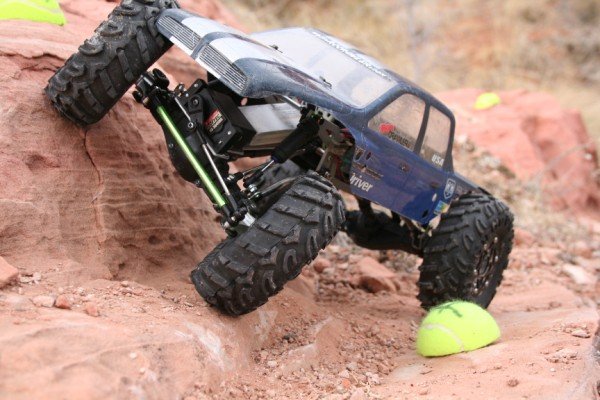mindless
Rock Crawler
Hey guys well i just changed up the set up on my wk. Basically i did the 90* turn of the control arm and shock bracket. Now the only way i have to describe the flex was before i did this i could flex no problem on 3 of the stock wk tires stacked up now i can only get up on two of them.
Pretty much i just want to know if a ton of flex is the best or a low cog and ok flex is better. With it being winter i dont really have any rocks around to try out on but would like to have a good set up for once sping comes.
Pretty much i just want to know if a ton of flex is the best or a low cog and ok flex is better. With it being winter i dont really have any rocks around to try out on but would like to have a good set up for once sping comes.

